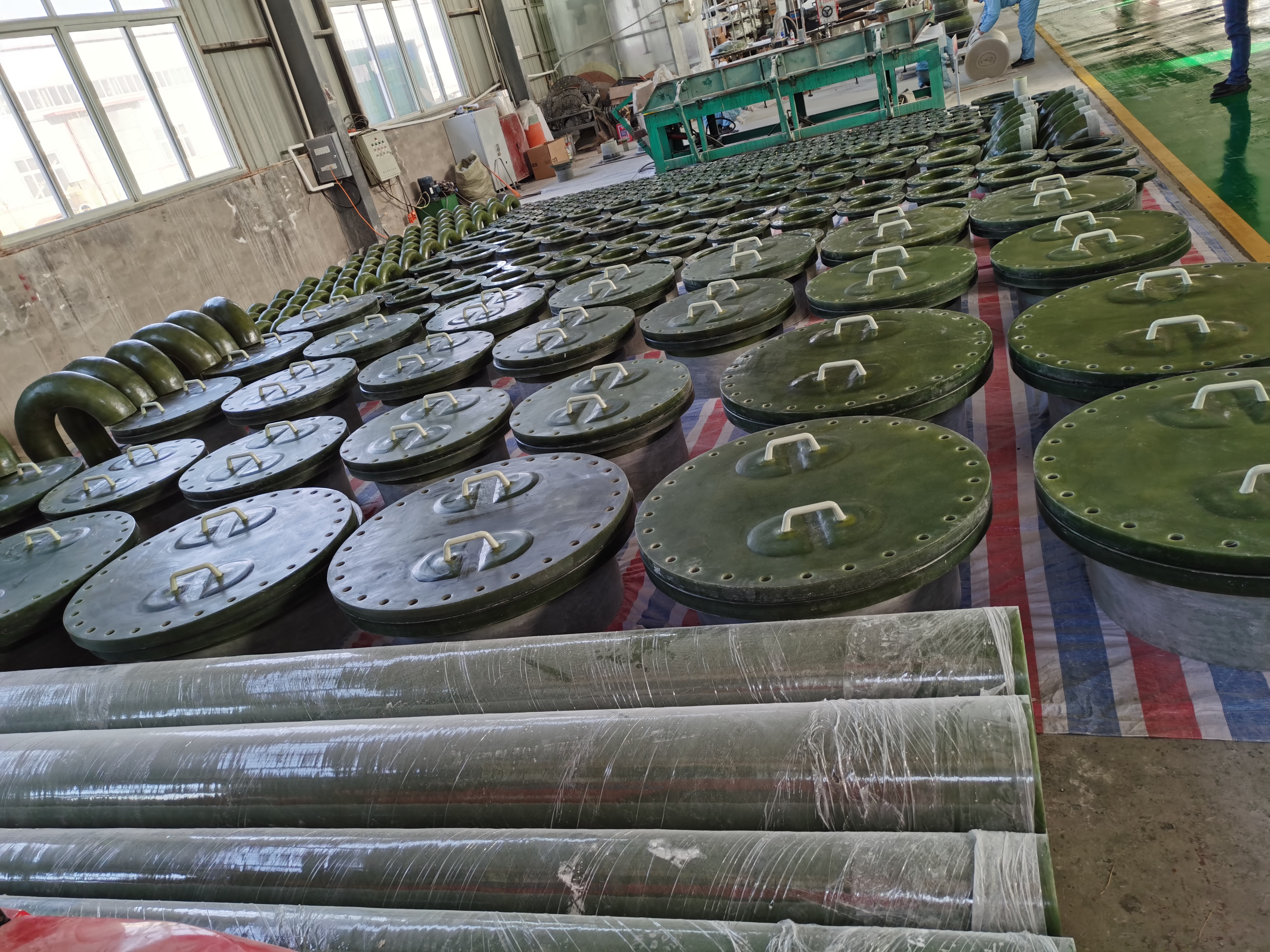
-
 Afrikaans
Afrikaans -
 Albanian
Albanian -
 Amharic
Amharic -
 Arabic
Arabic -
 Armenian
Armenian -
 Azerbaijani
Azerbaijani -
 Basque
Basque -
 Belarusian
Belarusian -
 Bengali
Bengali -
 Bosnian
Bosnian -
 Bulgarian
Bulgarian -
 Catalan
Catalan -
 Cebuano
Cebuano -
 China
China -
 China (Taiwan)
China (Taiwan) -
 Corsican
Corsican -
 Croatian
Croatian -
 Czech
Czech -
 Danish
Danish -
 Dutch
Dutch -
 English
English -
 Esperanto
Esperanto -
 Estonian
Estonian -
 Finnish
Finnish -
 French
French -
 Frisian
Frisian -
 Galician
Galician -
 Georgian
Georgian -
 German
German -
 Greek
Greek -
 Gujarati
Gujarati -
 Haitian Creole
Haitian Creole -
 hausa
hausa -
 hawaiian
hawaiian -
 Hebrew
Hebrew -
 Hindi
Hindi -
 Miao
Miao -
 Hungarian
Hungarian -
 Icelandic
Icelandic -
 igbo
igbo -
 Indonesian
Indonesian -
 irish
irish -
 Italian
Italian -
 Japanese
Japanese -
 Javanese
Javanese -
 Kannada
Kannada -
 kazakh
kazakh -
 Khmer
Khmer -
 Rwandese
Rwandese -
 Korean
Korean -
 Kurdish
Kurdish -
 Kyrgyz
Kyrgyz -
 Lao
Lao -
 Latin
Latin -
 Latvian
Latvian -
 Lithuanian
Lithuanian -
 Luxembourgish
Luxembourgish -
 Macedonian
Macedonian -
 Malgashi
Malgashi -
 Malay
Malay -
 Malayalam
Malayalam -
 Maltese
Maltese -
 Maori
Maori -
 Marathi
Marathi -
 Mongolian
Mongolian -
 Myanmar
Myanmar -
 Nepali
Nepali -
 Norwegian
Norwegian -
 Norwegian
Norwegian -
 Occitan
Occitan -
 Pashto
Pashto -
 Persian
Persian -
 Polish
Polish -
 Portuguese
Portuguese -
 Punjabi
Punjabi -
 Romanian
Romanian -
 Russian
Russian -
 Samoan
Samoan -
 Scottish Gaelic
Scottish Gaelic -
 Serbian
Serbian -
 Sesotho
Sesotho -
 Shona
Shona -
 Sindhi
Sindhi -
 Sinhala
Sinhala -
 Slovak
Slovak -
 Slovenian
Slovenian -
 Somali
Somali -
 Spanish
Spanish -
 Sundanese
Sundanese -
 Swahili
Swahili -
 Swedish
Swedish -
 Tagalog
Tagalog -
 Tajik
Tajik -
 Tamil
Tamil -
 Tatar
Tatar -
 Telugu
Telugu -
 Thai
Thai -
 Turkish
Turkish -
 Turkmen
Turkmen -
 Ukrainian
Ukrainian -
 Urdu
Urdu -
 Uighur
Uighur -
 Uzbek
Uzbek -
 Vietnamese
Vietnamese -
 Welsh
Welsh -
 Bantu
Bantu -
 Yiddish
Yiddish -
 Yoruba
Yoruba -
 Zulu
Zulu
Exploring the Benefits of FRP Absorbers in Modern Engineering Applications
Understanding FRP Absorbers Innovations in Acoustic Management
Fiber Reinforced Polymer (FRP) absorbers have become a significant innovation in the field of acoustic management and soundproofing. These advanced materials are crucial in mitigating unwanted noise and enhancing sound quality in various environments, ranging from industrial settings to concert halls. This article explores the characteristics, advantages, and applications of FRP absorbers, highlighting their role in contemporary sound management solutions.
Understanding FRP Absorbers Innovations in Acoustic Management
One of the primary advantages of FRP absorbers is their durability. They are resistant to moisture, corrosion, and environmental degradation, making them ideal for outdoor installations or humid environments. This resilience ensures a longer lifespan compared to conventional materials, such as wood or fabric, which may suffer from wear and tear over time. Additionally, FRP absorbers are easy to install and maintain, further enhancing their appeal for commercial and residential uses.
frp absorber

Acoustic performance is a critical factor in the design of FRP absorbers. These materials are engineered to optimize sound absorption coefficients across various frequencies, enabling them to effectively reduce echoes, reverberation, and background noise. In concert halls and recording studios, for instance, the controlled acoustics provided by FRP absorbers can significantly enhance sound clarity and quality, creating a superior auditory experience for both performers and audiences.
The flexibility of FRP absorbers in design and application is another notable feature. They can be molded into various shapes and sizes to fit specific architectural demands. This adaptability allows architects and designers to integrate sound management solutions seamlessly into their projects without compromising aesthetics. In office spaces, for example, FRP panels can be harmoniously incorporated into the interior design while providing effective sound absorption to improve concentration and productivity.
In industries such as manufacturing, FRP absorbers play a crucial role in noise reduction strategies, thereby enhancing worker comfort and safety. High noise levels can lead to stress and decreased productivity; hence, implementing effective sound-absorbing materials can lead to a healthier workspace.
In conclusion, FRP absorbers represent a significant advancement in acoustic technology. Their unique combination of durability, acoustic efficiency, and design flexibility presents them as a compelling choice for a variety of sound management applications. As society continues to prioritize noise control in both work and leisure environments, the adoption of FRP absorbers is expected to grow, paving the way for more innovative approaches to sound absorption and acoustic management in the future. With ongoing research and development, the potential of FRP technology remains vast, offering solutions that not only meet the demands of modern architecture but also enhance the quality of life in bustling urban environments.
Latest news
-
Exploring the Benefits of Top Hammer Drifter Rods for Enhanced Drilling PerformanceNewsJun.10,2025
-
High-Precision Fiberglass Winding Machine for GRP/FRP Pipe Production – Reliable & Efficient SolutionsNewsJun.10,2025
-
FRP Pipes & Fittings for Shipbuilding - Corrosion-Resistant & LightweightNewsJun.09,2025
-
Premium FRP Flooring Solutions Durable & Slip-ResistantNewsJun.09,2025
-
Premium Fiberglass Rectangular Tanks Durable & Lightweight SolutionNewsJun.09,2025
-
Tapered Drill String Design Guide Durable Performance & UsesNewsJun.09,2025









